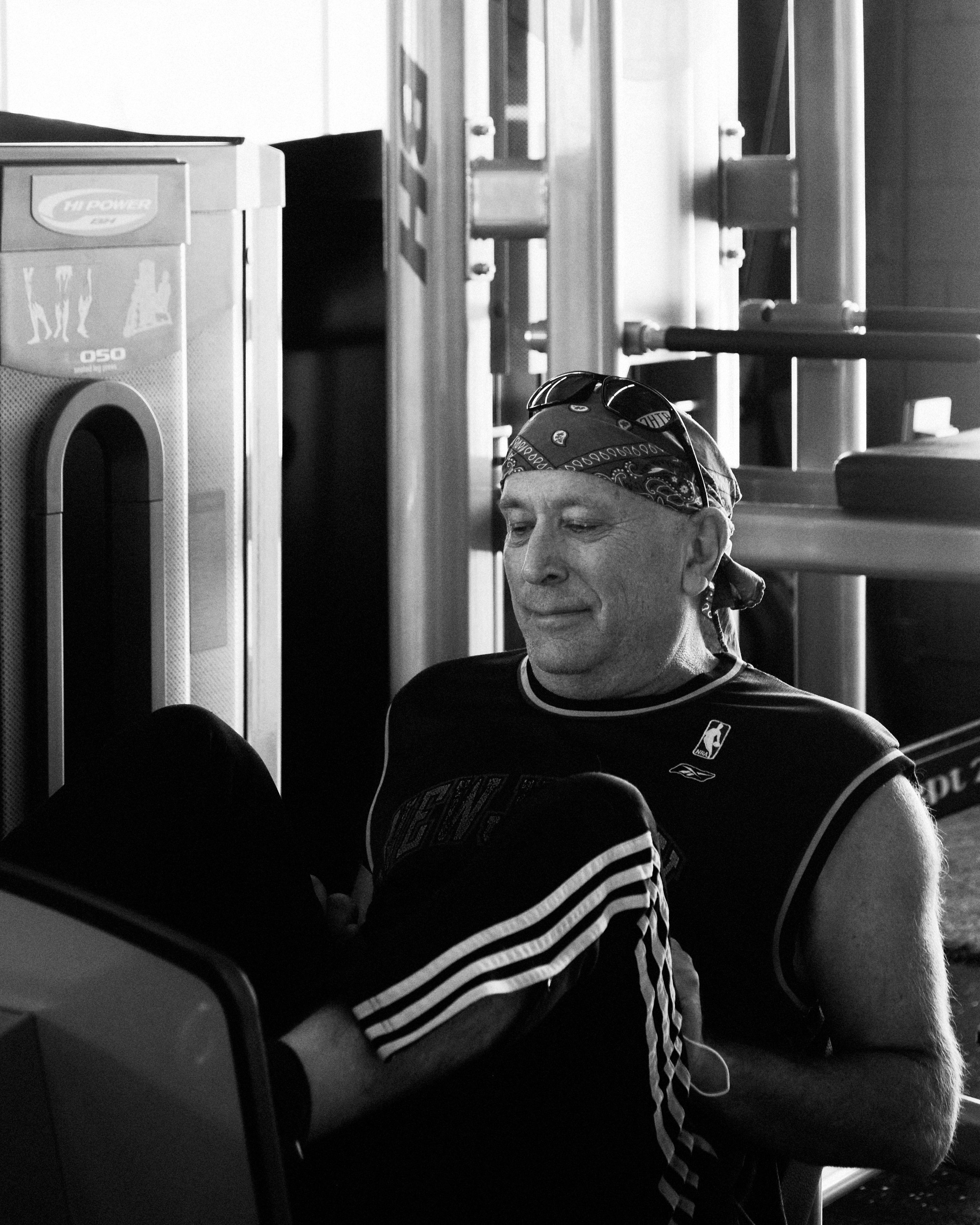Resistance Training for Seniors
With aging comes with a host of changes in our bodies, and we have more control over how we age than we may think. In this blog post, we're going to explore the world of resistance training for seniors and uncover why lifting weights is not only beneficial but essential for healthy aging. Whether you're new to the concept of resistance training or a seasoned lifter, get ready to discover how picking up those weights can be your key to vitality, strength, and an improved quality of life in your golden years.
The Myth of Aging and Weakness:
First, let's address a common myth: the idea that growing older means becoming weaker. While it's true that the aging process can lead to some physical changes, these changes are not as inevitable or as significant as you might think. In fact, research has shown that many of the losses in muscle mass, bone density, and strength typically attributed to aging are, to a significant extent, due to inactivity rather than the passage of time itself.
This revelation is liberating because it means that you can actively defy the myth of aging-related weakness. The key to doing so? Resistance training, often referred to as strength training or weightlifting. It's the secret weapon that can help you maintain and even enhance your physical abilities as you age.
Why Resistance Training is Essential for Seniors:
Let's dive into the reasons why resistance training is not just beneficial but essential for seniors:
Preserving Muscle Mass: As we age, we tend to lose muscle mass, a condition known as sarcopenia. Resistance training is a powerful tool for preserving and building muscle. By challenging your muscles with resistance, you can counteract the natural loss of muscle mass.
Boosting Bone Density: Osteoporosis, or the loss of bone density, is a common concern for seniors, especially women. Resistance training, with its weight-bearing nature, is one of the best ways to stimulate bone growth and improve bone density. This can help reduce the risk of fractures and maintain overall bone health.
Improved Joint Health: Resistance training can enhance joint health by increasing joint mobility and promoting proper alignment. This is especially important for seniors who may experience stiffness and discomfort in their joints.
Enhanced Metabolism: Muscle tissue is more metabolically active than fat. As you build and maintain muscle through resistance training, your metabolism gets a boost. This can make it easier to manage your weight and maintain overall health.
Functional Independence: One of the primary goals of senior fitness is to maintain functional independence. Resistance training helps improve the strength and endurance needed for everyday activities, such as lifting groceries, climbing stairs, or getting up from a chair.
Pain Management: For those dealing with chronic pain conditions, resistance training can be a non-pharmacological means of pain management. By strengthening the muscles that support and protect your joints, you can alleviate discomfort and improve your overall quality of life.
Mental Well-Being: Exercise, including resistance training, has been linked to improved mood, reduced stress, and enhanced cognitive function. It's not just about physical health; it's about mental well-being as well.
Heart Health: Cardiovascular health is a crucial aspect of aging well. While resistance training primarily targets the musculoskeletal system, it also provides cardiovascular benefits, such as improved blood pressure and reduced risk factors for heart disease.
Getting Started with Resistance Training:
Now that we've established why resistance training is essential for seniors, let's explore how to get started:
Consult a Healthcare Provider: Before beginning any exercise program, especially if you have underlying health conditions, consult with your healthcare provider. They can offer guidance on the most suitable exercises and any precautions you should take.
Seek Professional Guidance: Consider working with a certified fitness trainer or physical therapist who has experience with senior fitness. They can develop a customized program that addresses your individual needs and goals.
Start Gradually: If you're new to resistance training, start gradually with light weights or resistance bands. Focus on proper form and technique before progressing to heavier weights.
Full-Body Approach: Engage in a well-rounded program that targets all major muscle groups. This includes exercises for the legs, back, chest, shoulders, and core. A balanced approach ensures functional strength and reduces the risk of muscle imbalances.
Frequency and Consistency: Aim for two to three days of resistance training per week. Consistency is crucial. Regular training is more effective than sporadic, intense workouts.
Warm-Up and Cool-Down: Always warm up before your resistance training session with light cardiovascular activity and dynamic stretches. Afterward, cool down with static stretches to enhance flexibility and reduce muscle tension.
Proper Nutrition: Nutrition plays a crucial role in the success of your resistance training program. Ensure you're fueling your body with a balanced diet that supports muscle recovery and overall well-being.
Stay Hydrated: Dehydration can impair your performance and increase the risk of injury. Drink plenty of water before, during, and after your workouts.
Listen to Your Body: Pay attention to how your body responds to exercise. If you experience pain or discomfort beyond the typical muscle soreness, consult your healthcare provider.
Resistance Training for Seniors: Age is Just a Number
Resistance training for seniors is a game-changer. It challenges the notion that growing older means accepting weakness and physical decline. By embracing resistance training, you can preserve and enhance your muscle mass, improve bone density, support joint health, boost metabolism, and maintain functional independence. It's not just about living longer; it's about living better and enjoying an active, vibrant, and fulfilling life regardless of your age. Age is just a number, but strength and health know no limits.
